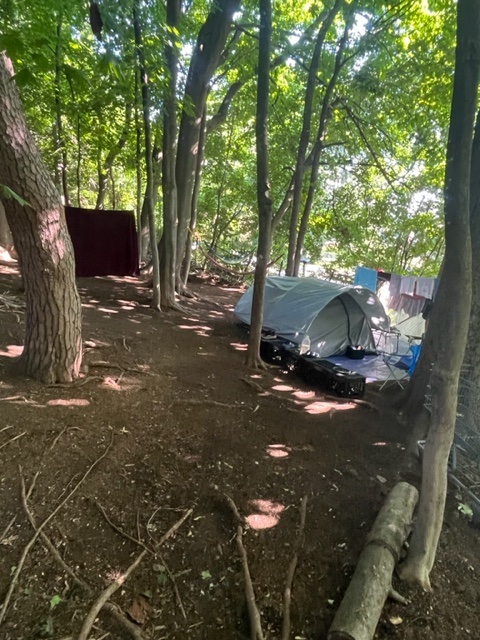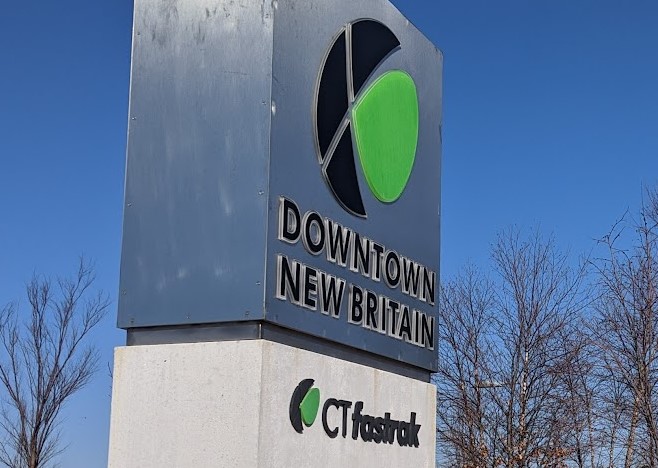
Housing Insecurity in New Britain a Growing Problem That Needs to be Addressed
In September 2021 the US department of Housing and Urban Development awarded $2.2 million to the city of New Britain for a new grant called HOME-ARP. This grant was part of the $1.9 trillion that congress allocated for the American Rescue Plan to stimulate the economy, especially in poor communities who suffered most from the COVID 19 pandemic. HOME-ARP main goal was to assist people who are homeless or are at risk of becoming homeless. A year and a half later, in February 2023, the city of New Britain submitted a plan of allocation that included $444,000 for supportive services, $888,000 for shelter purchasing, and $877,000 for affordable rental housing development. The city’s plan of allocation provides useful and informative data about housing challenges in New Britain as follows:
- Almost 60% of New Britain households are renters – almost double the renters’ percentage in Connecticut (34%)
- 30% of the homeless population are Hispanic/Latino and 24% are Black
- 7,420 households (26% of all households in New Britain) are at risk of being homeless because their income is below 30% of the area median income ($50,000)
- While 4,200 New Britain households (half of all household at risk of homelessness) were earning less than $20,000 a year, the city had only 1,861 affordable rental units for this income level.
- In conducting needs assessment, the city of New Britain obtained input from ten stakeholders such as CT Department of Housing, Chrysalis Center, New Britain Housing Authorities, and the Friendship Service Center but no input was obtained from residents of New Britain despite holding one public forum.
- Between 2016 to 2021 the precent of renters who are at risk of becoming homeless increased from 46.6% to 48% (about 8,000 households)
A growing problem of homelessness and housing insecurity is by no means unique to New Britain. A November 14 Hartford Courant article indicated that in 2023 an estimated 1,200 people were sleeping outdoors in Connecticut and that since the pandemic, the rate of homelessness increased by 13%. Indeed, state emergency requests for housing and shelter in October were up 33% comparing to the same month in previous year. Furthermore, the article revealed that the composition of the homeless population has changes with more families, seniors, and people with disabilities than ever before.



